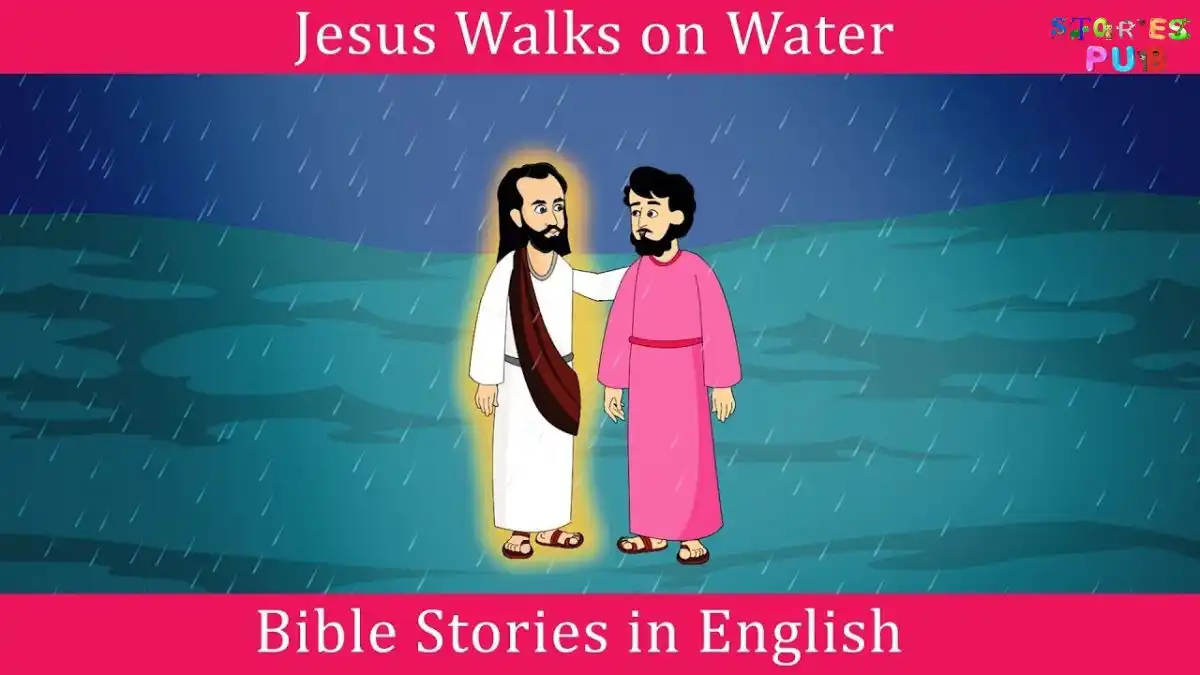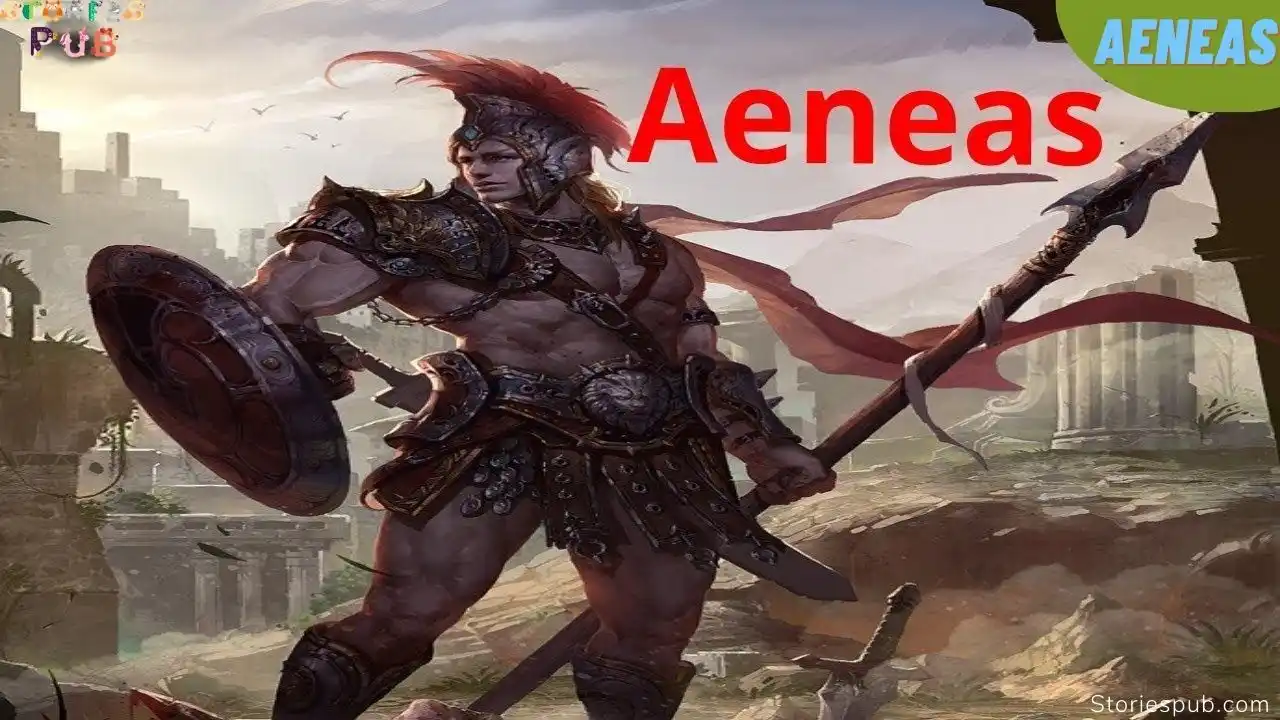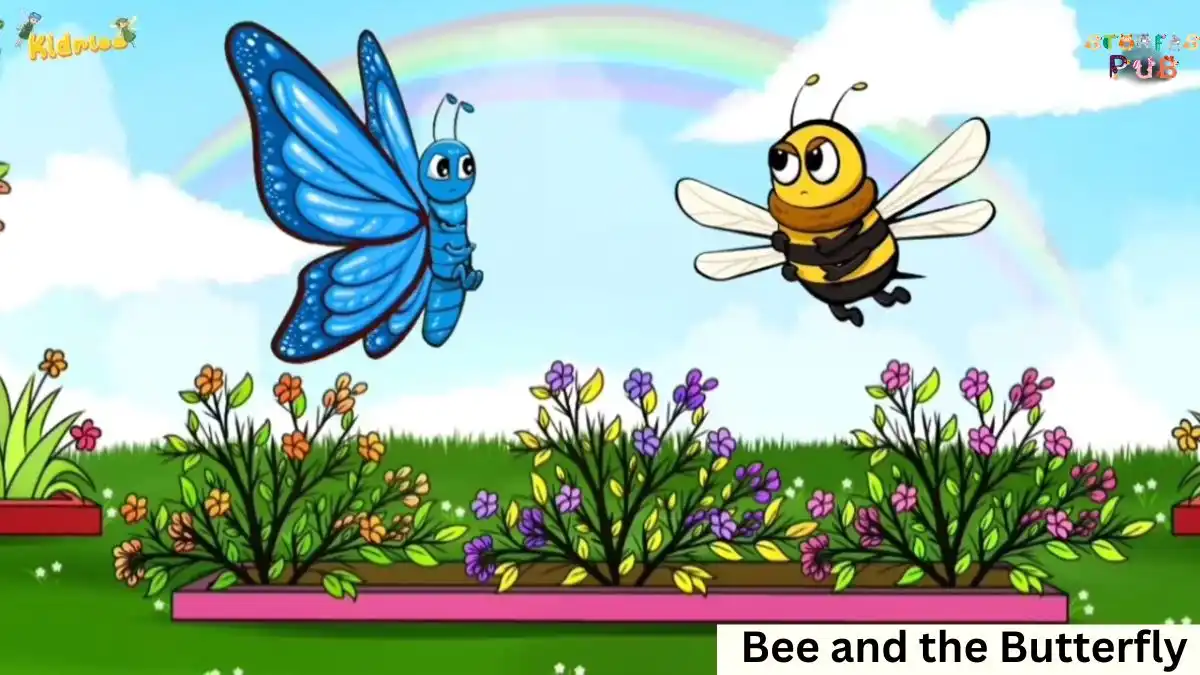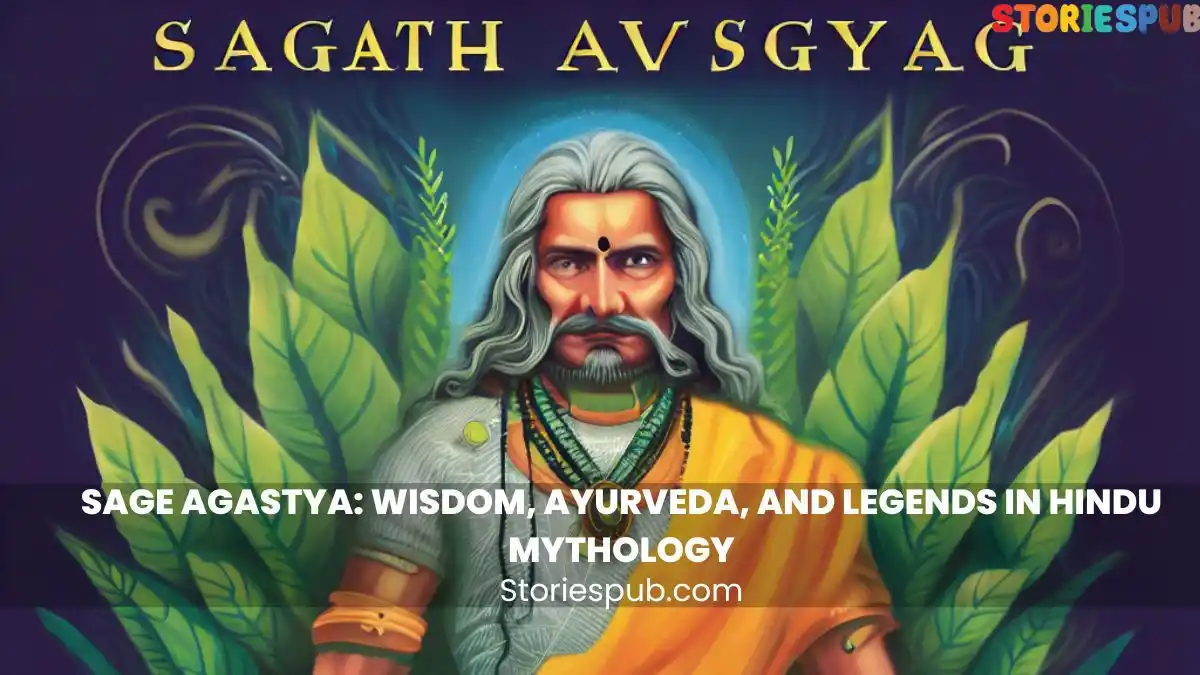Summarize this Article with:
Geb – The God of the Earth in Egyptian Mythology

The Introduction
Egyptian mythology is full of gods and goddesses who represented different aspects of life and nature. Geb was one such god, who played an important role in the Egyptian belief system. He was the god of the earth, and his name literally meant “earth” in ancient Egyptian.
Geb was believed to be one of the oldest gods in Egyptian mythology, and he had a prominent place among the Ennead, a group of nine gods who were believed to have created the world. He was often depicted as a man lying on his back with his arms and legs outstretched, while his sister/wife Nut arched over him as the sky.
This image symbolized their close relationship as well as their powerful influence over the natural world. Geb’s importance in Egyptian mythology can be seen through various myths and legends that involve him.
His role as the god of fertility, growth, and stability made him an important figure for agriculture and sustaining life on earth. In this article, we will explore Geb’s birth and family background, his role in mythology, worship practices associated with him and some interesting legends about this enigmatic deity.
Birth and Family
Geb’s Parents: Shu (god of air) and Tefnut (goddess of moisture)
In Egyptian mythology, Geb was the son of Shu and Tefnut. Shu was the god of air, while Tefnut was the goddess of moisture.
Together, they represented the forces that gave life to the world. According to legend, Geb was born along with his sister Nut when their mother Tefnut spat them out after disappearing into the desert in a fit of rage.
Geb’s father Shu is often depicted holding up Nut as she arches over him like a canopy. This symbolizes the separation between earth and sky that allowed for life to exist on both planes.
The story goes that when Nut became pregnant by her own brother Geb, her father Ra became angry and forbade her from giving birth on any day of the year. However, Thoth helped Nut win a game against Khonsu to add five extra days to the year during which she could give birth.
Siblings: Nut (goddess of the sky), Osiris, Set, Isis, and Nephthys
Geb had several siblings who were also prominent figures in Egyptian mythology. His sister Nut was goddess of the sky, while his brothers included Osiris (god of fertility), Set (god of chaos), and Horus (god of war).
His other sister Nephthys was associated with death and mourning. Despite their various roles in Egyptian mythos, Geb had a close relationship with his siblings.
He is often depicted embracing his sister Nut as she stretches across him like a canopy over the earth. In some stories he even fell in love with her but had to let her go since their love would have caused chaos in Ra’s creation.
One famous legend involving Geb’s siblings is the story of Osiris’ murder by Set. According to legend, Set was jealous of Osiris’ power and popularity, so he tricked him into getting into a coffin and then threw it into the Nile river.
When Isis, Osiris’ wife and sister, found his body she resurrected him using her magical powers. This led to a confrontation between Set and Horus over who should rule Egypt in Osiris’ absence.
Role in Mythology
The Fertility God
Geb was one of the most important gods in Ancient Egyptian mythology. He was considered to be the god of the earth, and as such, he symbolized fertility, growth, and stability.
Geb was often associated with agriculture and the natural world because of this. The Egyptians believed that Geb’s power over the earth allowed him to bring forth life from it.
His role as a fertility god was closely tied to his connection with the land. The people believed that through their worship of Geb, they could ensure their crops would grow strong and healthy.
The Sky beneath his Feet
Geb was often depicted lying on his back with Nut arched over him as the sky – in ancient Egyptian cosmology, Nut represented the sky while her brother Geb represented Earth. It’s said that when they were first created by Atum – a mythological creator god – they were so tightly intertwined that there was no space for air or light between them.
Their father Shu forcibly separated them by standing between them so he could create life. The image of Geb lying flat on his back is an iconic one within Egyptian art.
It shows him in complete submission to Nut and her power over him. As the earth beneath us is often seen as being stable and unchanging, so too is Geb seen as an unshakeable force within their mythology.
Geb’s Tears Create Life
According to mythological stories about how things came into existence, it’s said that after Ra created all living creatures on Earth but before humanity existed, Geb wept tears of joy upon seeing how beautiful everything Ra had created really was since he appreciated nature above everything else . These tears are said to have formed underground lakes which became sources of water for plants and animals alike – including humans once they appeared later on. But even before that, it’s said that Geb’s tears were responsible for creating the Nile River – the lifeblood of Egypt.
The Nile River is one of the longest rivers in the world, stretching over 6,600 km, and it has been essential to life and livelihood in Egypt for thousands of years. Because Geb was seen as such a powerful god with control over the earth, it was believed that he had created this river himself through his own tears – further solidifying his position as one of the most important gods within their culture.
Worship and Rituals
Temples Dedicated to Geb
Temples dedicated to Geb were built throughout Egypt, with the most prominent being the Heliopolis temple. This temple was not only dedicated to Geb, but also to Re (the sun god) and Atum (creator god).
In this temple, Geb was worshipped as a deity who controlled the fertility of the earth. The temple had a sacred lake, which was believed to be connected to the Nile River.
It was believed that offering prayers and sacrifices in this lake brought good luck and prosperity. Other important temples dedicated to Geb were located in Memphis, Abydos, and Esna.
These temples too had sacred lakes that were used for rituals related to fertility. Farmers would bring offerings of grains, fruits, vegetables, and even livestock to these temples in hopes of receiving a good harvest.
Offerings
In addition to bringing physical offerings of grains and livestock, Egyptians also offered prayers as well as symbolic objects such as amulets depicting Geb’s image. These offerings were made at home or at local shrines dedicated specifically to their family’s ancestors or patron deities. During festivals dedicated specifically for Geb such as Akhet (season of inundation), Egyptians would offer symbolic items such as reed sculptures representing earth fertility or blue-green pottery symbolizing growth from mud.
Rituals
Rituals related to fertility were an important part of worshiping Geb. Farmers would often perform rituals during planting season or before harvest time for protection against crop damage due to natural disasters like floods or pests.
One ritual involved pouring water over statues of Geb while reciting prayers for a bountiful harvest. Another ritual involved plowing fields in honor of him before planting crops.
gaining favor with him through religious ceremonies might ensure his blessings on their crops and livestock, and thereby their livelihoods as well. Worship of Geb was essential to life in ancient Egypt, reflecting the importance placed on agriculture and fertility as the basis for all earthly prosperity. The Legend of Set’s Murder of Osiris and Geb’s Role as Father
One of the most well-known legends involving Geb is the story of how his son, Osiris, was murdered by his other son, Set. The legend goes that Set was envious of Osiris’ popularity and power and worked to undermine him at every turn. Eventually, Set tricked Osiris into entering a coffin which he then sealed shut and threw into the Nile River.
Geb was devastated by his son’s murder and sought vengeance against Set. However, he was unable to act against his own son directly due to their familial ties.
Instead, he aided Osiris’ wife Isis in her quest to resurrect him from the dead and defeat Set once and for all. Despite this victory, the pain of losing a child stayed with Geb for eternity.
This legend serves to illustrate Geb’s position as both a powerful god in his own right as well as a loving and grieving father figure. It also highlights the complex relationships between gods in Egyptian mythology. Hathor’s Punishment Relented by Beer Poured onto Earth by Geb
Another legend involving Geb tells how the sun god Ra became angry with humanity for their disobedience and sent Hathor (goddess of love) to punish them. However, Hathor went too far in her punishment, killing many people indiscriminately.
In an effort to stop her rampage, Ra ordered that beer be mixed with red ochre (which resembled blood) and poured onto the ground so that it appeared as though it had been spilled in sacrifice. Hathor drank from it eagerly, mistaking it for blood at first but soon becoming intoxicated.
As she calmed down from her drunken state, she began to feel remorseful for her actions – but only after causing much destruction already. This is where Geb comes into play: according to some versions of the legend, it was he who poured the beer onto the ground in an effort to save humanity from further destruction.
The story of Hathor’s punishment serves to illustrate Geb’s compassion for humanity and his role as a mediator between the gods and mortals. It also shows how even a small act of kindness (such as offering beer) can have significant consequences in Egyptian mythology.
Conclusion
Geb was a powerful and important deity in the mythology of ancient Egypt. As the god of the earth, he represented fertility, growth, and stability, making him essential to the success of agriculture and society.
It is no surprise that temples dedicated to Geb were built all across Egypt, with offerings such as grains, fruits, and vegetables given to honor him. Perhaps one of the most interesting aspects of Geb’s mythology is his relationship with his siblings.
As one of five children born from Shu and Tefnut, Geb had close ties with Nut (goddess of the sky), Osiris, Set, Isis, and Nephthys. The story of how Set murdered Osiris involved Geb as their father – a tragic tale that highlights how family members can turn against each other in times of conflict.
Despite this dark legend, there are also optimistic stories associated with Geb’s role as god of the earth. For example, when Ra sent Hathor to punish humanity for their disobedience by slaughtering them en masse – she eventually relented after drinking beer mixed with red ochre that resembled blood – which was poured onto the ground by Geb himself.
This tale speaks to how even in moments where things seem bleak or insurmountable we can turn things around through clever thinking or good intentions. Overall it is clear that Geb played a crucial role in Egyptian mythology and society.
His legacy lives on today through tales passed down for generations about his power over the earth itself. By honoring his memory we can better understand our own connections to nature and appreciate just how much humanity relies on fertile soil for its survival.
Hey kids, how much did you like Geb – The God of the Earth in Egyptian Mythology ? Please share your view in the comment box. Also, please share this story with your friends on social media so they can also enjoy it, and for more such Egyptian Mythology, please bookmark storiespub.com.
Related Post :
Geb FAQ
Who is Geb in Egyptian mythology?
Geb is the ancient Egyptian god of the earth, representing the fertile land and playing a crucial role in the creation myth as the father of the gods Osiris, Isis, Set, and Nephthys.
How is Geb typically depicted in art?
Geb is usually depicted as a man with a goose on his head or as a man lying down with one elbow on the ground, supporting his upper body while his lower body merges with the earth.
What are Geb's primary attributes and symbols?
Geb is associated with the earth, fertility, and agriculture. His symbols include the goose, which represents his connection to the earth, and plants, symbolizing fertility and growth.
Was Geb associated with any specific locations or temples in Egypt?
Geb did not have a dedicated temple, but he was worshipped in various temples throughout ancient Egypt, often in association with other deities, such as his wife Nut, the sky goddess.
How did ancient Egyptians honor Geb?
Ancient Egyptians honored Geb through prayers, offerings, and rituals in temples where he was worshipped. They also depicted him in art and texts as a vital force in the creation myth and the cycle of life.
What role did Geb play in the Egyptian creation myth?
In the creation myth, Geb and his wife Nut were the first divine couple, giving birth to Osiris, Isis, Set, and Nephthys. Geb represented the earth, providing the fertile land necessary for life to thrive.
Was Geb part of any mythological triads or groups?
Geb was part of the Heliopolitan Ennead, a group of nine gods and goddesses central to the Egyptian creation myth. The Ennead included Atum, Shu, Tefnut, Geb, Nut, Osiris, Isis, Set, and Nephthys.
How did Geb's worship evolve over time?
Geb's worship began during the Old Kingdom and continued through the New Kingdom. His importance varied over time, but he remained a significant figure in Egyptian mythology.
What is the significance of Geb's role as the earth god in Egyptian culture?
Geb's role as the earth god symbolizes the life-giving power of the earth, providing fertile land for agriculture and the sustenance necessary for ancient Egyptian civilization to flourish.
What modern cultural references exist for Geb?
Geb's influence can be found in modern literature, film, and video games inspired by ancient Egyptian mythology and history, often featuring him as a symbol of the earth, fertility, and creation.














